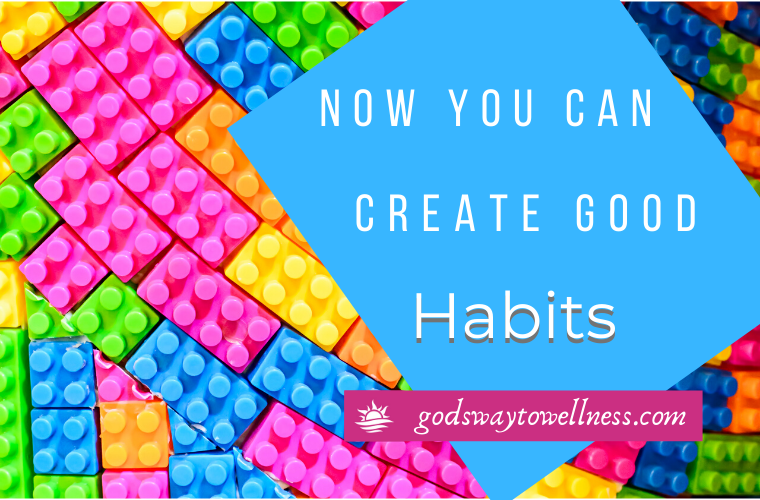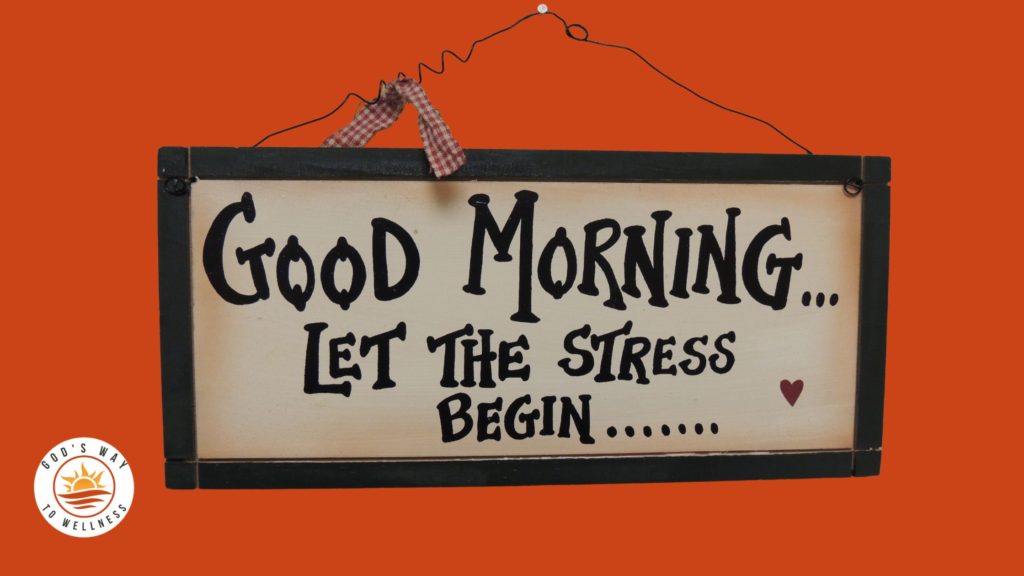Did you ever buy a new dress or shirt and immediately want more such as shoes or a tie to match? Or did you ever move into a new home and suddenly need new furniture even though your old furniture was just fine before? Yes, me too! I was surprised to know that this phenomenon has a name—the Diderot Effect. The simplest description of the Diderot Effect is: “the introduction of a new possession into a consumer’s existence will often result in a process of spiraling consumption.” [1]
Fortunately, this concept of one action building on another is useful (and not just for spending more money). Habit stacking, associating a new habit with existing behavior, is a valuable tool for creating a new habit. [2]
What is habit stacking?
Many human behaviors follow the principle of the Diderot Effect. What we do is based on what we just finished doing. Habit stacking is when we tie our new habit to an existing habit that we don’t even think about. Each action becomes the cue for the next action. (See my post on the habit loop for more information on what a cue is.) For example, you use the restroom, wash your hands (I hope!) and then dry your hands, all without thinking about it.
How do you create a new habit?
In my previous post, I explained how to use the habit loop to change a bad habit into a good one. Habit stacking creates a new habit by making an existing habit a trigger for the new habit.
The formula to stack a new habit on top of an existing one is: After I [current habit], I will [new habit].
First of all, decide on the new habit you want to create. For example, I wanted to take a magnesium supplement at night before I went to bed, but I always forgot since I take other vitamins in the morning.
Second, make a list of all the things you do without fail in the same location and time period as your new habit. For example, here are some tasks I perform in the evening:
- Eat supper
- Watch the news
- Clean up the kitchen
- Take a shower
- Brush my teeth
- Read a book
- Turn off the light and go to sleep
Therefore, my habit stacking formula became “After I brush my teeth at night, I will take my magnesium supplement.” I put a sticky note on my toothpaste to remind me. And it worked! After about a week, I no longer needed the reminder.
The cue and new habit must be specific. For example, say you want to get more exercise. Too vague. Instead, decide you will go for a walk at lunchtime each weekday. The formula might be “After I eat my lunch, I will take a 20-minute walk.”
The cue and the new habit must be done in the same location and in a similar time period. For example, my habit stack would not work if I stored the magnesium in the kitchen along with my other vitamins.
Examples of habit stacking
- When I sit down for dinner, I will think of one thing I am grateful for.
- Before I go to bed, I will lay out what I am going to wear tomorrow.
- When I stop at a stoplight on the way to work, I will take three deep breaths.
- After I lay down in bed for the night, I will think of one positive thing that happened today.
Build on the stack
Take advantage of positive momentum and keep building the stack. For example, in the morning I want to make my bed and read the Bible.
The formula develops into “after I take a shower, I will make my bed. After I make my bed, I make coffee. After I make coffee, I will read the Bible.“
Of course, if you don’t take a shower in the morning or drink coffee, this would not work for you, but you get the idea. Take an existing habit and keep stacking!
Conclusion
How do you create a good habit? The best way is to build on an existing behavior that you do every day in the same place and at approximately the same time. Start by associating an existing habit with a desired behavior and before you know it, you create a great new habit!
References
- Becker, Joshua. “Understanding the Diderot Effect (and How To Overcome It).” Becoming Minimalist, 30 Sept. 2019, www.becomingminimalist.com/diderot/.
- CLEAR, JAMES. ATOMIC HABITS: an Easy and Proven Way to Build Good Habits and Break Bad Ones. RANDOM House BUSINESS, 2019.



